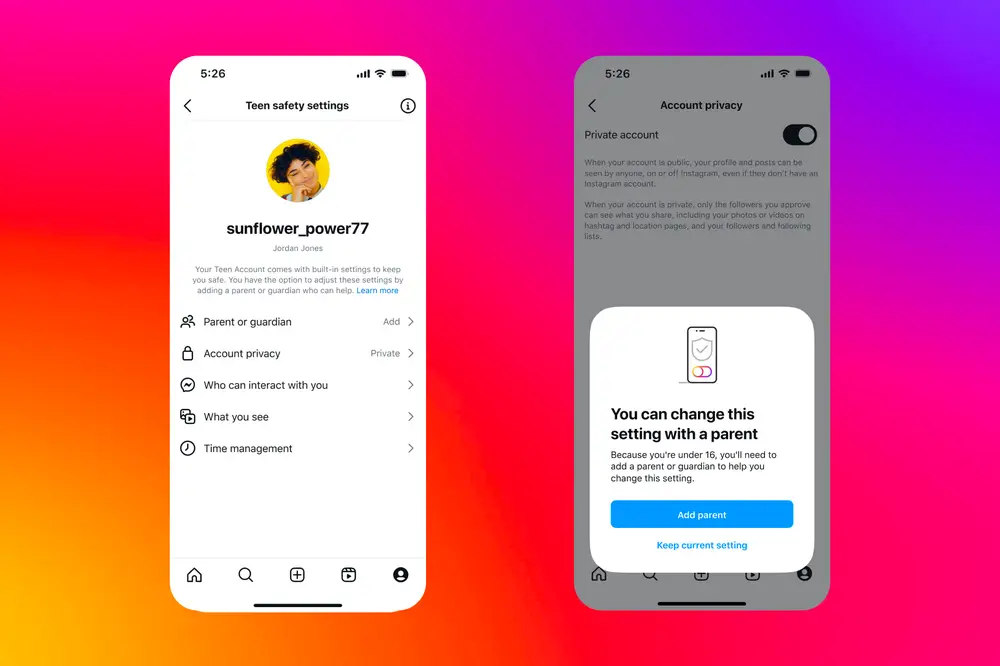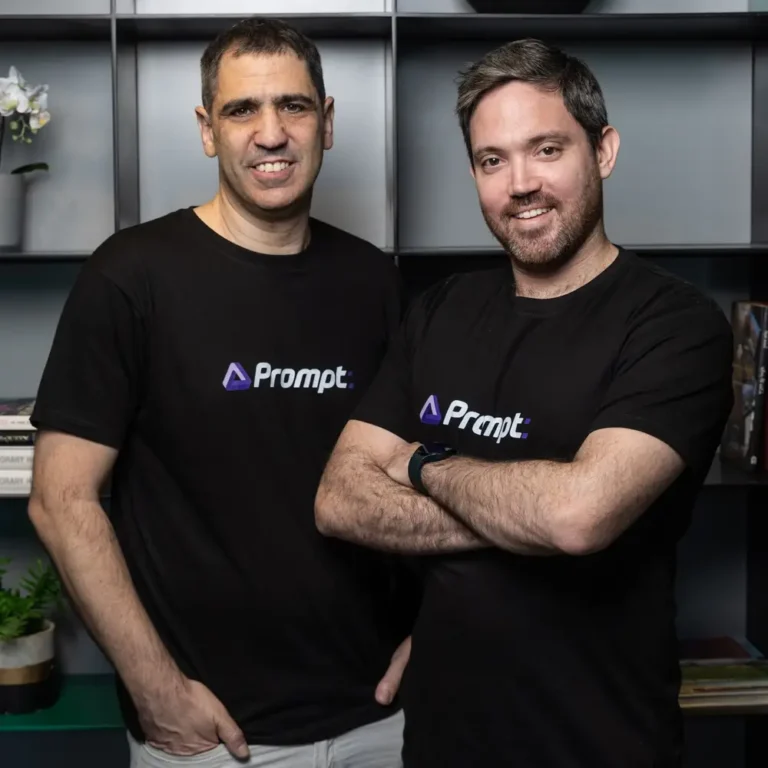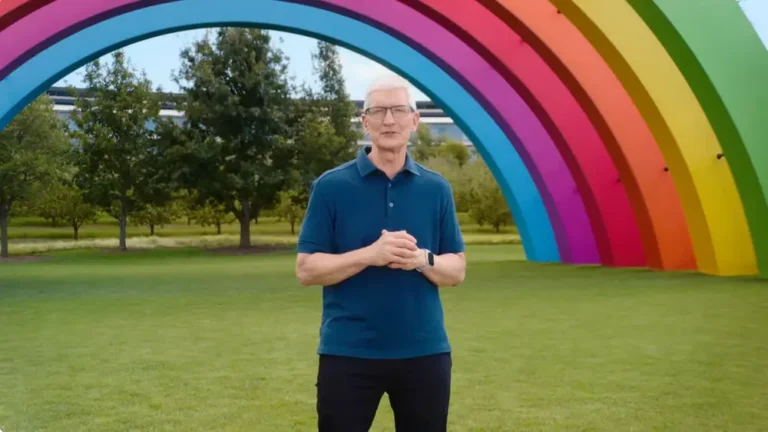Instagram is rolling out Teen Accounts by default. It’s about time.

Instagram is rolling out Teen Accounts to help parents manage their kids’ experience.
Teenagers across the world will experience something slightly different when they open Instagram over the next few weeks: Meta will now designate users under 18 as “Teen Accounts” — by default.
Teen Accounts will have more restrictive settings for who can message them, who can comment on their posts, and what kind of sensitive content is recommended in Reels and on the Explore page.
The teen settings will automatically apply to newly made accounts and existing ones.
Nick Clegg, head of global policy at Meta, said that just offering parents the option to use content controls hasn’t worked.
“Even when we build these controls, parents don’t use them. So we have a bit of a behavioral issue,” Clegg said at an event last week. “We as an engineering company might build these things, and then we say at events like this: ‘Oh, we’ve given parents choices to restrict the amount of time kids are [online]’ — parents don’t use it.”
It’s not hard to imagine why the existing parental controls aren’t popular. They’re buried deep in the app settings, and you have to even be aware that these exist in the first place. Well-meaning parents who care deeply about their children’s safety and mental health may have simply never known it was possible to set up these kinds of controls.
Although some of these features had already existed in some form, this is actually a big change — rolling all these piecemeal parental control features into one thing. Crucially, it’s turned on by default.

Teen Accounts will have “Sleep Mode” enabled by default. For younger teens, parents can see who they DM with.
Teen Accounts will have “Sleep Mode” at night — and at all times of the day, the accounts will have a reminder that pops up to take a break after an hour of use. Accounts will be defaulted to private settings and won’t allow strangers to message or tag them. For younger teens, parents can see who their children direct message with — but won’t be able to read their DMs.
Teens under 16 will need parental permission to opt out of these more restrictive settings. Accounts of 16- and 17-year-olds will automatically default to Teen Accounts, but they’ll be able to change the settings on their own (unless a parent has already signed onto parental controls).
And although age is self-reported, Meta already has been using AI to help detect if someone is under 18. It says it is building tools to find accounts where kids lied about their age at signup.
Meta certainly is aware that it has a perception problem with teen safety.
Instagram head Adam Mosseri said in an internal email that was unearthed in recent lawsuits filed by a group of states against the company: “Social comparison is to Instagram [what] election interference is to Facebook.” (Meta has long believed that the election interference of 2016 was overblown in public perception — my interpretation of Mosseri’s statement is that he thinks this issue is overblown by the media, but that the controversy is sticking around.)
Last year, Meta published a blog saying that it wanted regulators to force Apple and Google to be in charge of creating parental permissions at the app store level. That would relieve some of Meta’s burden — but Apple reportedly was firmly against this, sending lobbyists to fight off proposed state laws requiring the company to age-verify users.
The US Surgeon General recently suggested that social media should come with a warning label for teens. And the series of lawsuits filed against Meta by various state attorneys general have highlighted the potential harms that can come to teens using social media. There’s a burst of interest in banning phones from schools.
Making a huge, sweeping, default change to how Instagram handles teen users is a smart move for Meta, which has the burden of needing to prove to parents and lawmakers that it is making real change.






